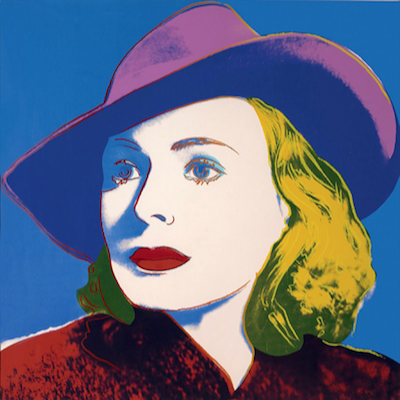
Details
Artist
Styles
Oil on Canvas - Signed // Larry Rivers’ Queen of Clubs is an abstract oil painting that showcases his characteristic blend of figuration and abstraction. The composition is an expressive mix of broad, gestural brushstrokes, with layers of thickly applied paint in muted tones of red, black, white, and pink. The piece hints at a form, possibly inspired by the card symbol, but remains elusive, allowing for multiple interpretations. The textured surface and dynamic movement within the composition suggest Rivers’ exploration of both structure and spontaneity in his work. Signed by the artist, Queen of Clubs exemplifies Rivers' innovative approach to pushing the boundaries between abstraction and representation, capturing a moment of painterly energy and depth.
Queen of Clubs, 1960
form
Medium
Size
25.4 x 20.3 cm
- Inches
- Centimeters
Edition
Price
Details
Artist
Styles
Oil on Canvas - Signed // Larry Rivers’ Queen of Clubs is an abstract oil painting that showcases his characteristic blend of figuration and abstraction. The composition is an expressive mix of broad, gestural brushstrokes, with layers of thickly applied paint in muted tones of red, black, white, and pink. The piece hints at a form, possibly inspired by the card symbol, but remains elusive, allowing for multiple interpretations. The textured surface and dynamic movement within the composition suggest Rivers’ exploration of both structure and spontaneity in his work. Signed by the artist, Queen of Clubs exemplifies Rivers' innovative approach to pushing the boundaries between abstraction and representation, capturing a moment of painterly energy and depth.
- Recently Added
- Price (low-high )
- Price (high-low )
- Year (low-high )
- Year (high-low )
Larry Rivers
Madame Butterfly, From Metropolitan Opera Fine Art I, 1978
Limited Edition Print
Mixed Media
Inquire For Price
What is pop-art?
Pop Art is an art movement that began in Britain in 1955 and in the late 1950s in the U.S. It challenged traditional fine arts by incorporating imagery from popular culture, such as news, advertising, and comic books. Pop Art often isolates and recontextualizes materials, combining them with unrelated elements. The movement is more about the attitudes and ideas that inspired it than the specific art itself. Pop Art is seen as a reaction against the dominant ideas of Abstract Expressionism, bringing everyday consumer culture into the realm of fine art.




















